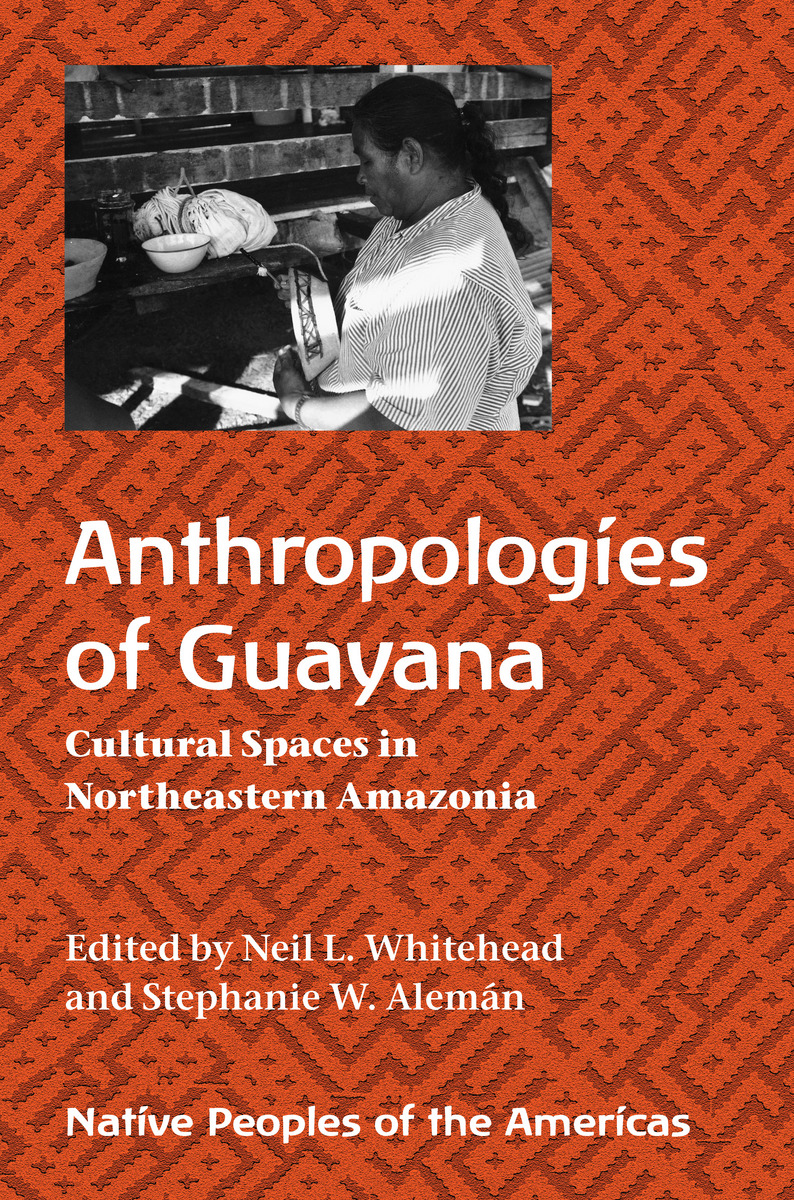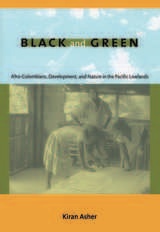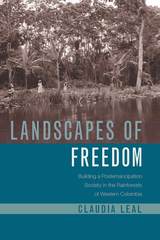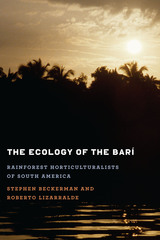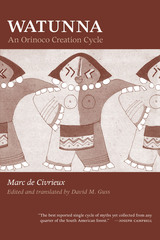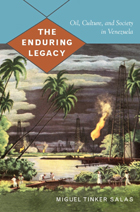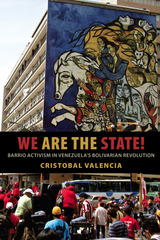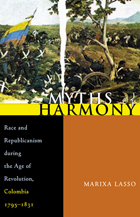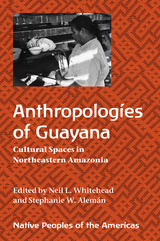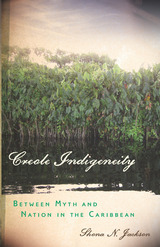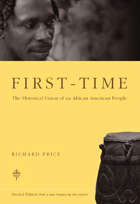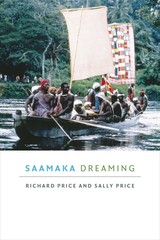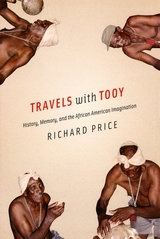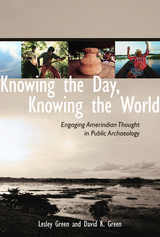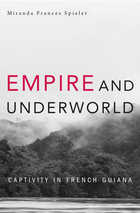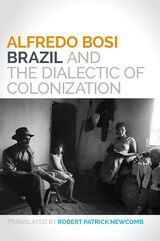Anthropologies of Guayana: Cultural Spaces in Northeastern Amazonia
University of Arizona Press, 2009
Paper: 978-0-8165-3361-9 | Cloth: 978-0-8165-2607-9
Library of Congress Classification F2351.A67 2009
Dewey Decimal Classification 988.01
Paper: 978-0-8165-3361-9 | Cloth: 978-0-8165-2607-9
Library of Congress Classification F2351.A67 2009
Dewey Decimal Classification 988.01
ABOUT THIS BOOK | AUTHOR BIOGRAPHY | REVIEWS | TOC
ABOUT THIS BOOK
Unlike better-known regions of the Amazon, Guayana—a broad cultural region that includes the countries of Guyana, Surinam, and French Guiana, as well as parts of eastern Venezuela and northern Brazil—has rarely been integrated into the broader narratives of South American anthropology and history. Nevertheless, Guayana provides a unique historical context for the persistence and survival of native peoples distinct from the histories reflected by the intense colonial competition in the region over the past 500 years.
This is an important collection that brings together the work of scholars from North America, South America, and Europe to reveal the anthropological significance of Guayana, the ancient realm of El Dorado and still the scene of gold and diamond mining. Beginning with the earliest civilizations of the region, the chapters focus on the historical ecology of the rain forest and the archaeological record up to the sixteenth century, as well as ethnography, ethnology, and perceptions of space. The book features extensive discussions of the history of a range of indigenous groups, such as the Waiwai, Trio, Wajãpi, and Palikur. Contributions analyze the emergence of a postcolonial national society, the contrasts between the coastlands and upland regions, and the significance of race and violence in contemporary politics.
A noteworthy study of the prehistory and history of the region, the book also provides a useful survey of the current issues facing northeastern Amazonia. The chapters extend the anthropological agenda beyond the conventional focus on the “indigenous” even as contributors describe how Guayanese languages, mythologies, and social structures have remained resilient in the face of intense outside pressures.
This is an important collection that brings together the work of scholars from North America, South America, and Europe to reveal the anthropological significance of Guayana, the ancient realm of El Dorado and still the scene of gold and diamond mining. Beginning with the earliest civilizations of the region, the chapters focus on the historical ecology of the rain forest and the archaeological record up to the sixteenth century, as well as ethnography, ethnology, and perceptions of space. The book features extensive discussions of the history of a range of indigenous groups, such as the Waiwai, Trio, Wajãpi, and Palikur. Contributions analyze the emergence of a postcolonial national society, the contrasts between the coastlands and upland regions, and the significance of race and violence in contemporary politics.
A noteworthy study of the prehistory and history of the region, the book also provides a useful survey of the current issues facing northeastern Amazonia. The chapters extend the anthropological agenda beyond the conventional focus on the “indigenous” even as contributors describe how Guayanese languages, mythologies, and social structures have remained resilient in the face of intense outside pressures.
See other books on: Anthropologies | Ethnoecology | Indians of South America | Indigenous peoples | Whitehead, Neil L.
See other titles from University of Arizona Press
